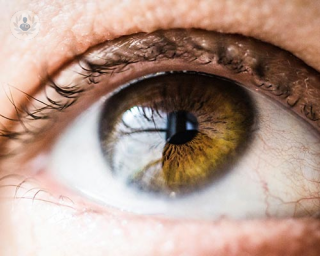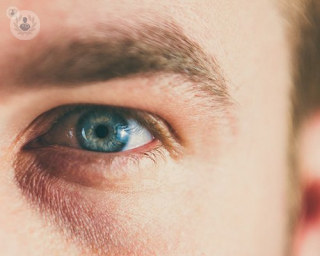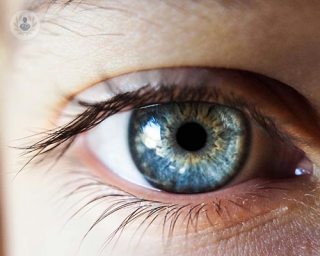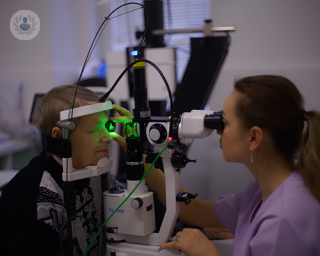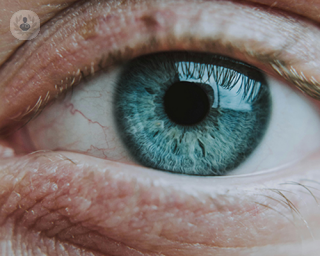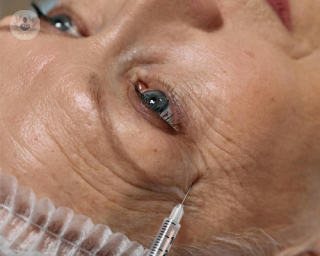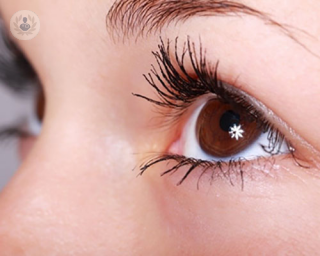
Por Mr Avi Kulkarni
24.06.24
офтальмология
LASIK, which stands for laser-assisted in situ keratomileusis, is a type of refractive eye surgery designed to correct vision problems such as myopia (short-sightedness), hyperopia (long-sightedness), and astigmatism. Using a laser to reshape the cornea—the clear front part of the eye—LASIK allows light entering the eye to be properly focused onto the retina, resulting in clearer vision. Renowned consultant ophthalmic surgeon Mr Avi Kulkarni provides the answers to commonly asked questions about the LASIK, helping you to make an informed decision before undergoing the surgery.



